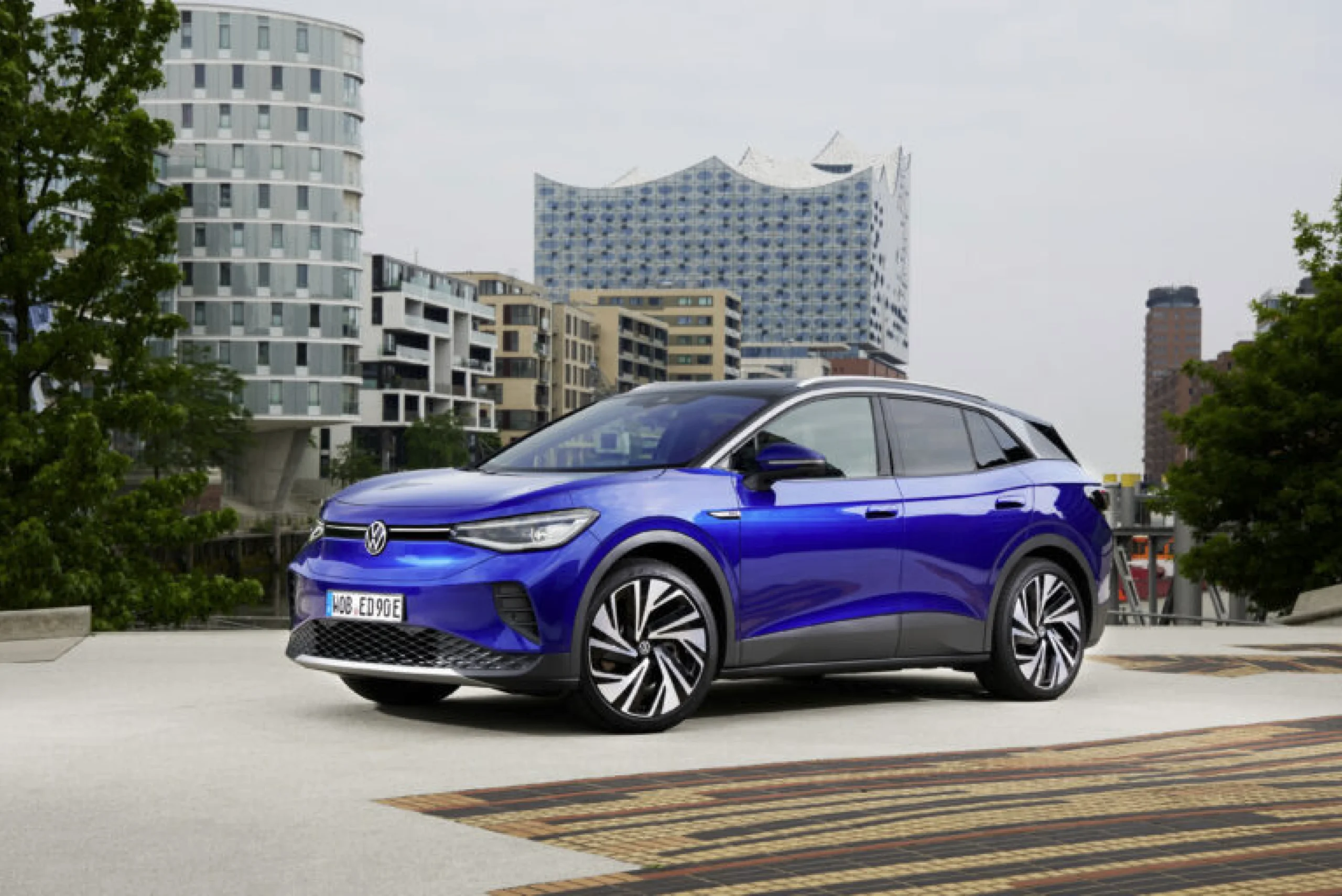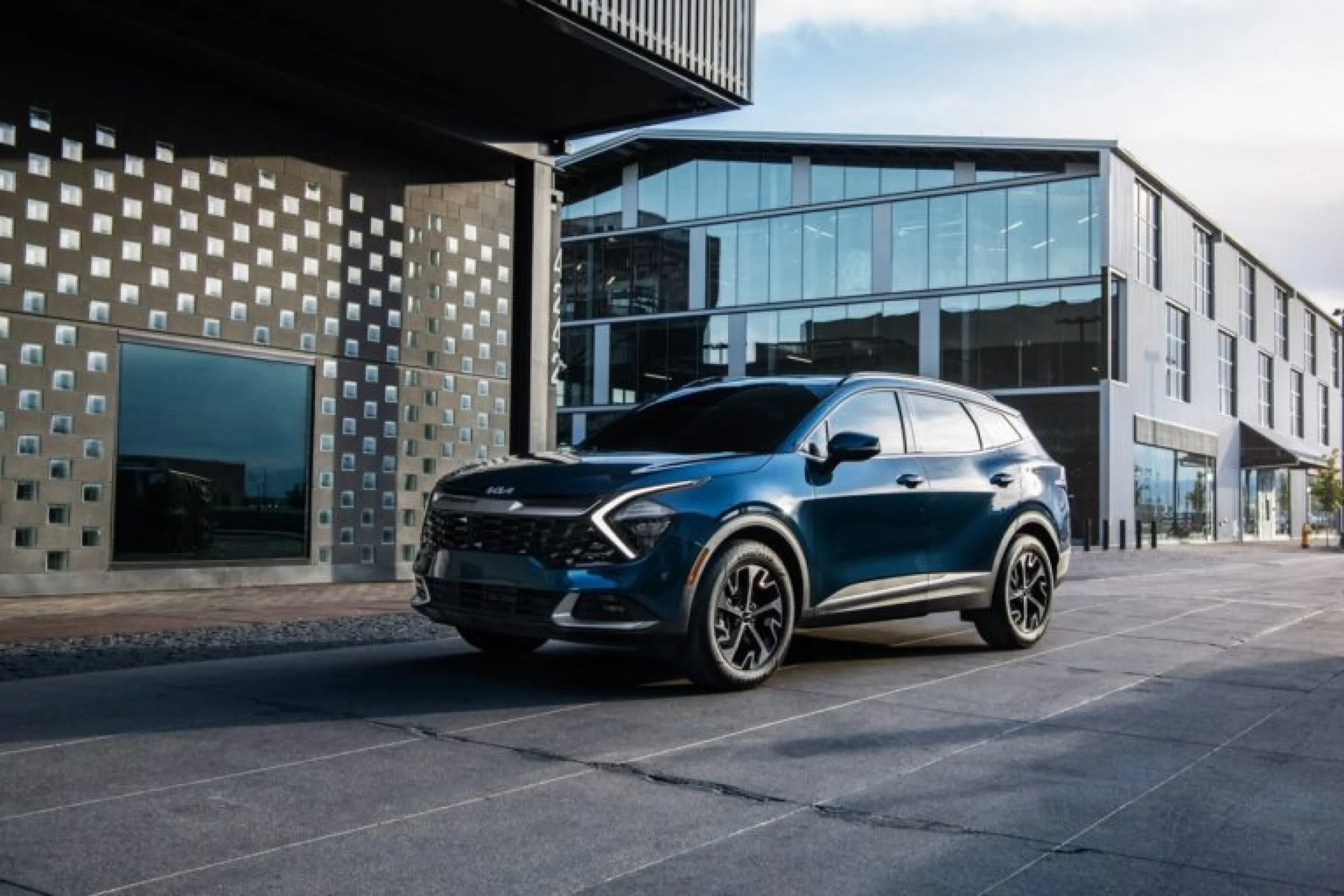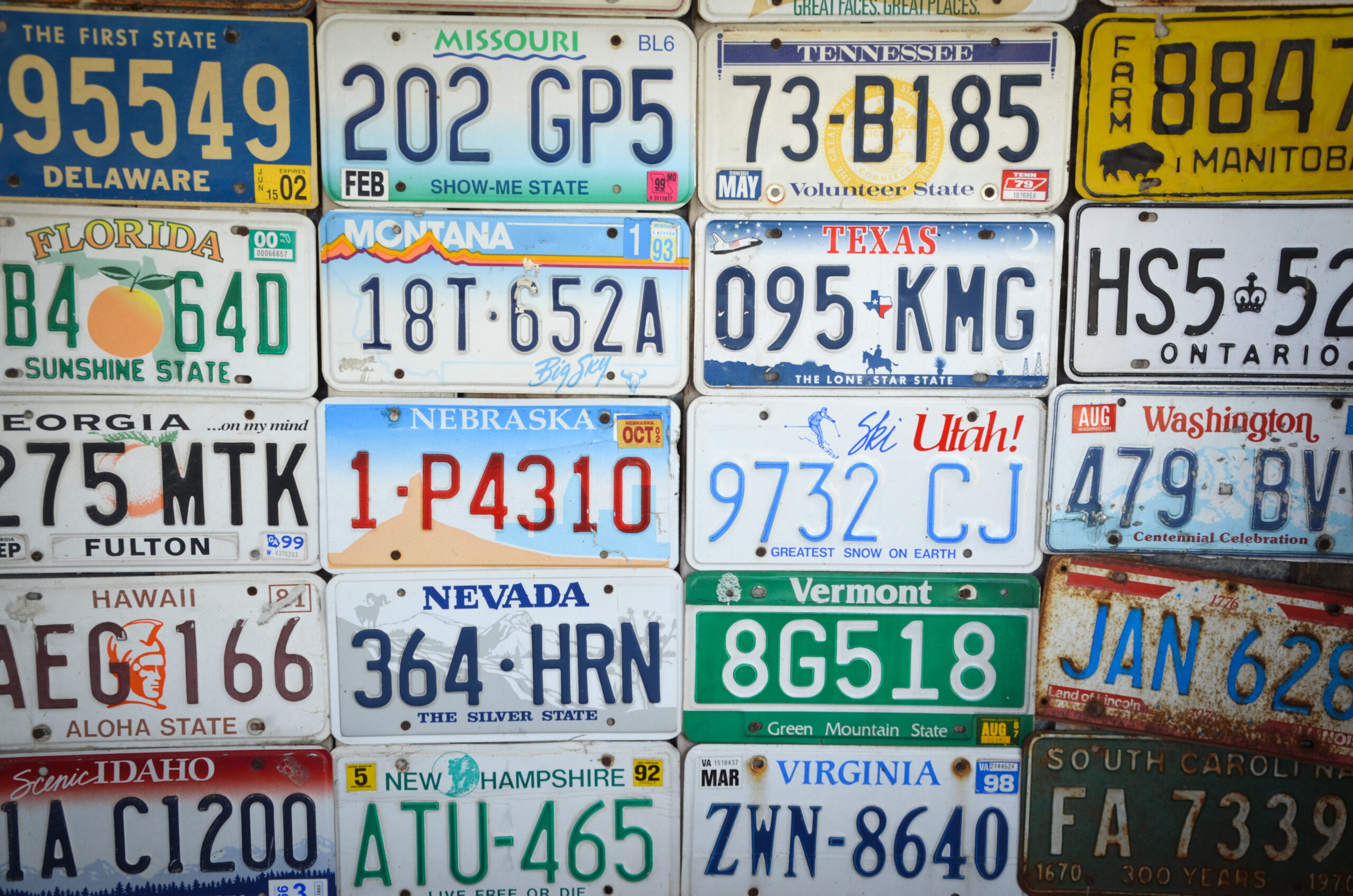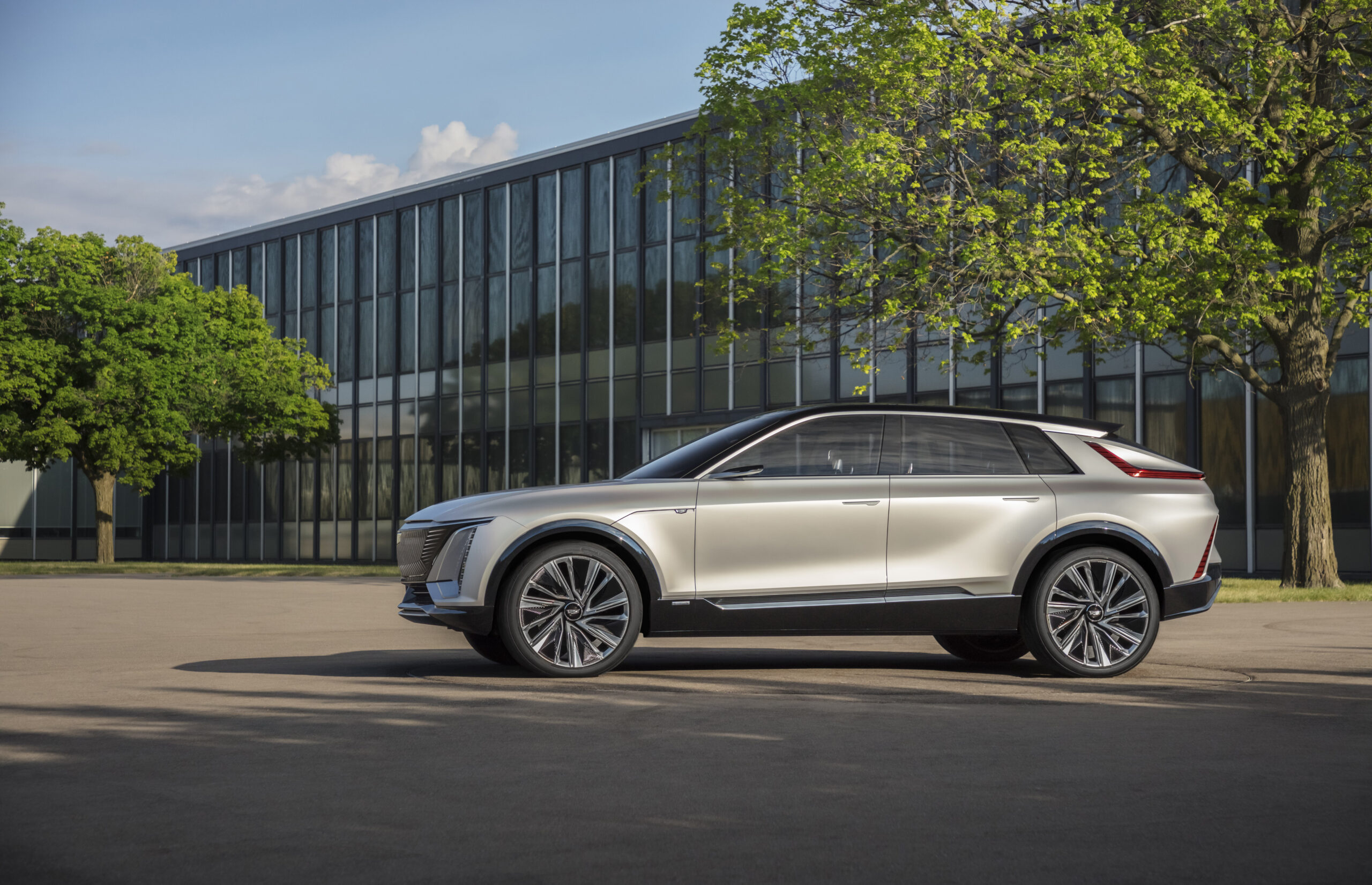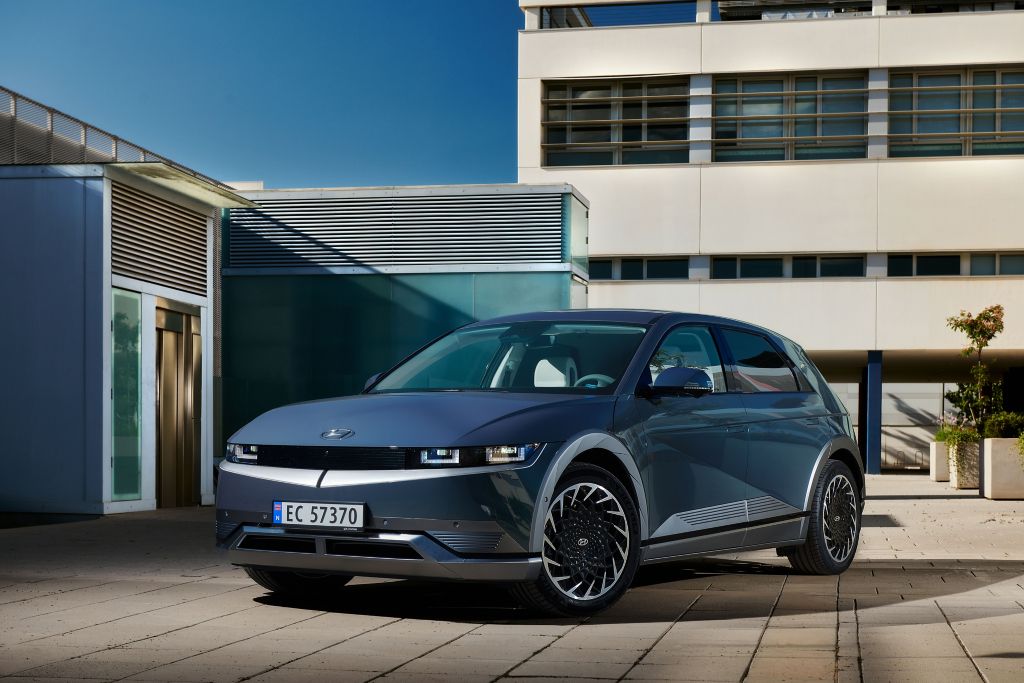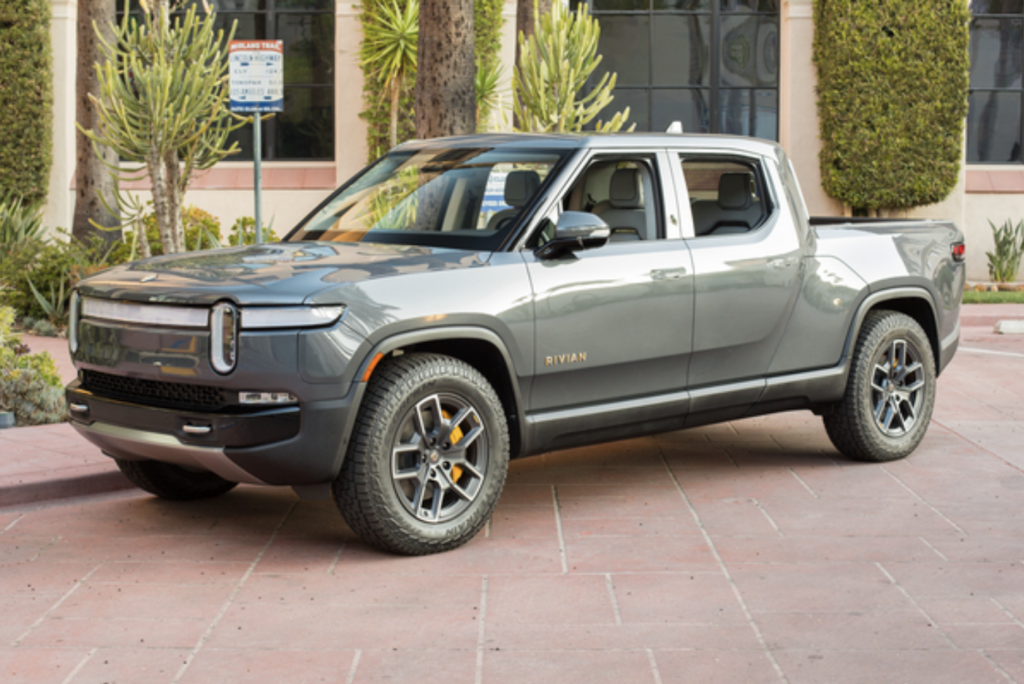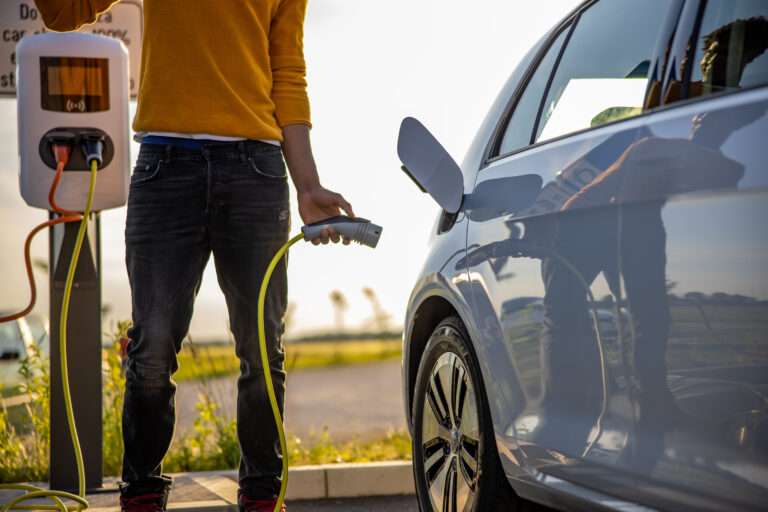
Last month, the Federal Highway Administration announced the first-ever nationwide standards for federally funded electric vehicle chargers. The changes take effect on March 30, 2023, and aim to make the EV charging process as user-friendly and intuitive as filling up at the gas pump.
Here’s what the standards do and what they mean for you.
- The National Electric Vehicle Infrastructure Formula program, which allocates $5 billion over five years to facilitate long-distance EV travel by providing funding for chargers near highways. Every state qualifies for these funds as long as they submit a plan for how they will use the money. So far, the federal government has distributed grants totaling $600 million to all 50 states, the District of Columbia, and Puerto Rico.
- The Charging and Fueling Infrastructure Discretionary Grant program, which allocates $2.5 billion over five years to fill gaps in the local charging network – particularly in rural areas, low- and moderate-income neighborhoods and communities with lots of apartment buildings. This is a competitive grant program – so states and local governments will have to apply, and not all projects will be selected for funding.
The new standards aim to tackle these problems and make charging an EV a simple process. They set rules for federally funded public charging stations, not ones that homeowners or workplaces might build with their own money. The regulations include many provisions, but the ones most relevant for consumers are:
- Minimal out of order time: Chargers are required to be working 97% of the time that they’re scheduled to be available.
- Universal charging app: Drivers must be able to pay using a universal app, no matter which company installed the charging station. And charging companies must make their locations, price and availability publicly available.
- Price transparency: Once a consumer locks in a price, that must remain the price for the rest of the charging session. Any fees besides the price of electricity must be clearly explained.
- Payment methods: Charging stations must accept contactless credit and debit cards, as well as payment by phone or text – with no membership requirements.
- Type of connector: There are three types of DC fast charging connectors: Combined Charging System (CCS), Tesla and CHAdeMO. CCS is the most common connector, so the standards require these ports on all DC fast chargers, though other types can be included as well. Tesla chargers have historically been limited to Tesla vehicles, but to be eligible for federal funding, the company agreed to open 7,500 of its chargers to other vehicles by the end of 2024.
- 24/7 operation on Alternative Fuel Corridors: Any charging station along a federally designated Alternative Fuel Corridor must be open 24/7. Chargers in other areas must be open whenever the business that hosts them is open.
- Reporting issues: Vehicle owners must have a mechanism to report issues with chargers.
- Four ports per charging station: All federally funded charging stations must have a minimum of four ports, allowing at least four vehicles to charge at once to meet growing demand and provide redundancy in case any port is out of order. Along Alternative Fuel Corridors, those four ports must be DC fast charging ports; in other locations, they can be either DC fast charging or Level 2 ports.
- Buy America requirements: All EV chargers must be assembled in the United States, and by July 2024, American-made products must account for 55% of the total value of components in a charger.
- Technician training: Technicians installing or maintaining chargers must have a certification from the Electric Vehicle Infrastructure Training Program. Consumers can also use the program’s website to find contractors to install home charging stations.
- Cybersecurity: Charging stations can collect only information necessary to provide the service, and must take measures to safeguard customer data. States must also develop cybersecurity measures for EV chargers.
AAA’s Recommendation: Whether you own an electric vehicle or a gas-powered car is up to you – and you should consider lots of factors in making that choice. No matter what type of vehicle you’re choosing, we recommend visiting a dealership, test driving one, and asking as many questions as possible to make an informed decision.







